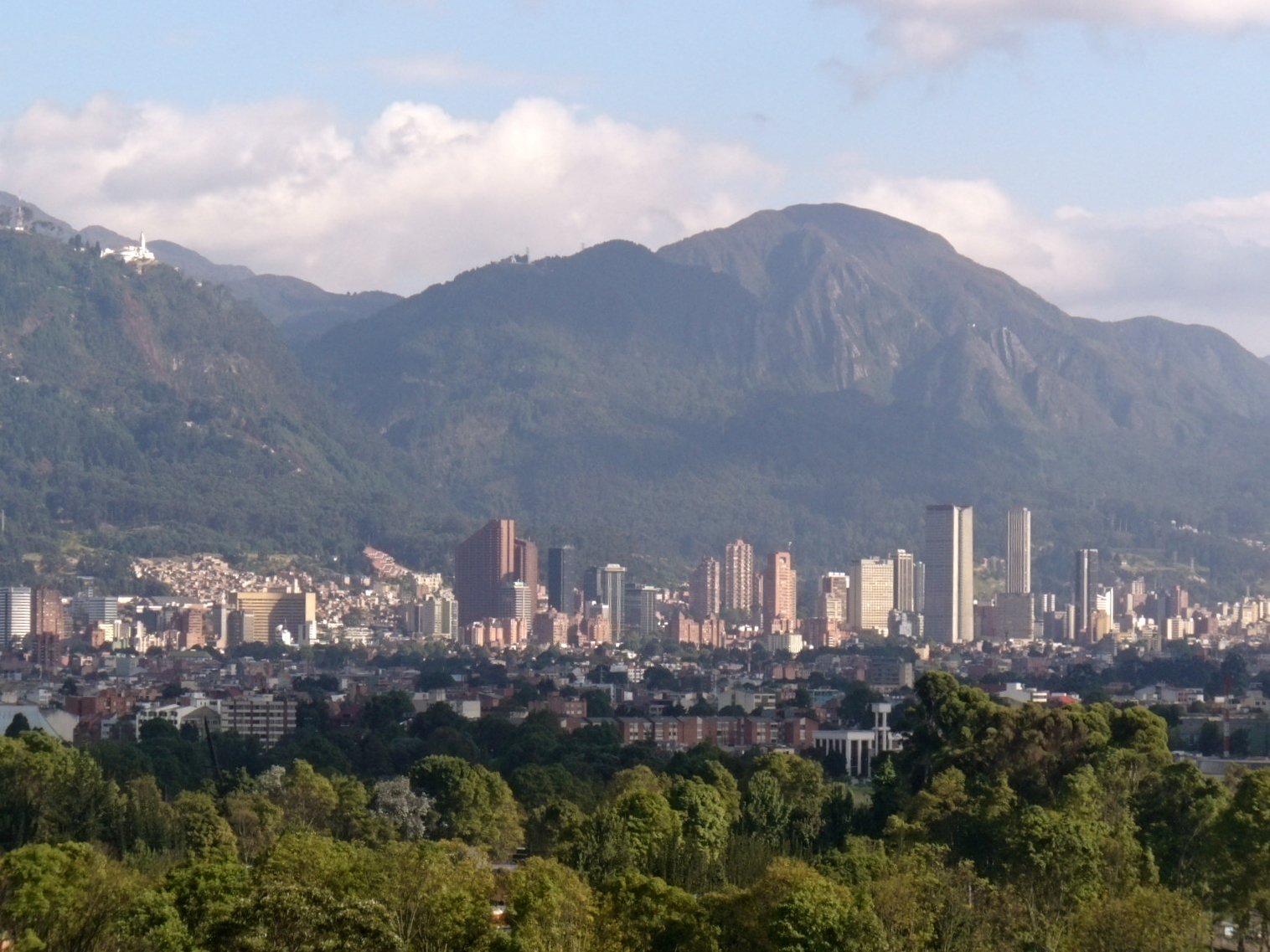Disasters & Conflicts: Colombia. Civil war, 1964-2017
The situation has improved in recent years.

 Country: Colombia
Country: Colombia
Period: 1964-present
Type of conflict: Civil war, political conflict
Conflict: The power to produce and sell drugs leads to increasing violence and a civil war
Parties involved: Colombian army, FARC and ELN guerrilla movements, armed groups outside the army
Estimated number of victims: 220,000 deaths, 5.7 million domestic refugees
Domestic armed conflict has plagued Colombia for almost 50 years. Guerrilla groups, armed paramilitary groups that do not belong to the army, and mafia gangs fight one another to the death. In addition, the government army often takes firm action. In the violence, civilians are raped, murdered or forced to flee from one of the parties. Or they disappear without a trace. A total of 5.7 million Colombians have had to flee their homes and villages because of the civil war. Most of them are native groups. In the most violent period, from 1996 to 2005, an average of three people are abducted every day. Landmines claim a victim almost every day.
The situation has improved in recent years. In 2013, the government and the FARC are conducting serious negotiations for peace.
Drugs, weapons and war
Profits from the cocaine trade in the 1970s enable the Colombian mafia to arm itself very well. Mafia groups from the towns of Cali and Medellín are particularly notorious. They export the drugs illegally, mostly to the United States. Other groups also take up arms, and paramilitaries are hired to eliminate people. The FARC guerrilla movement seizes more and more land through violence, ultimately controlling about 10-15 percent of Colombia.
Politicians are also bribed with the billions earned from the production and sale of drugs, thereby fostering corruption. In contrast, there is the War on Drugs, the name given to government efforts to combat the production of cocaine — with the help of money and advice from the United States.
















